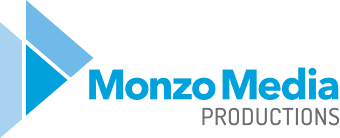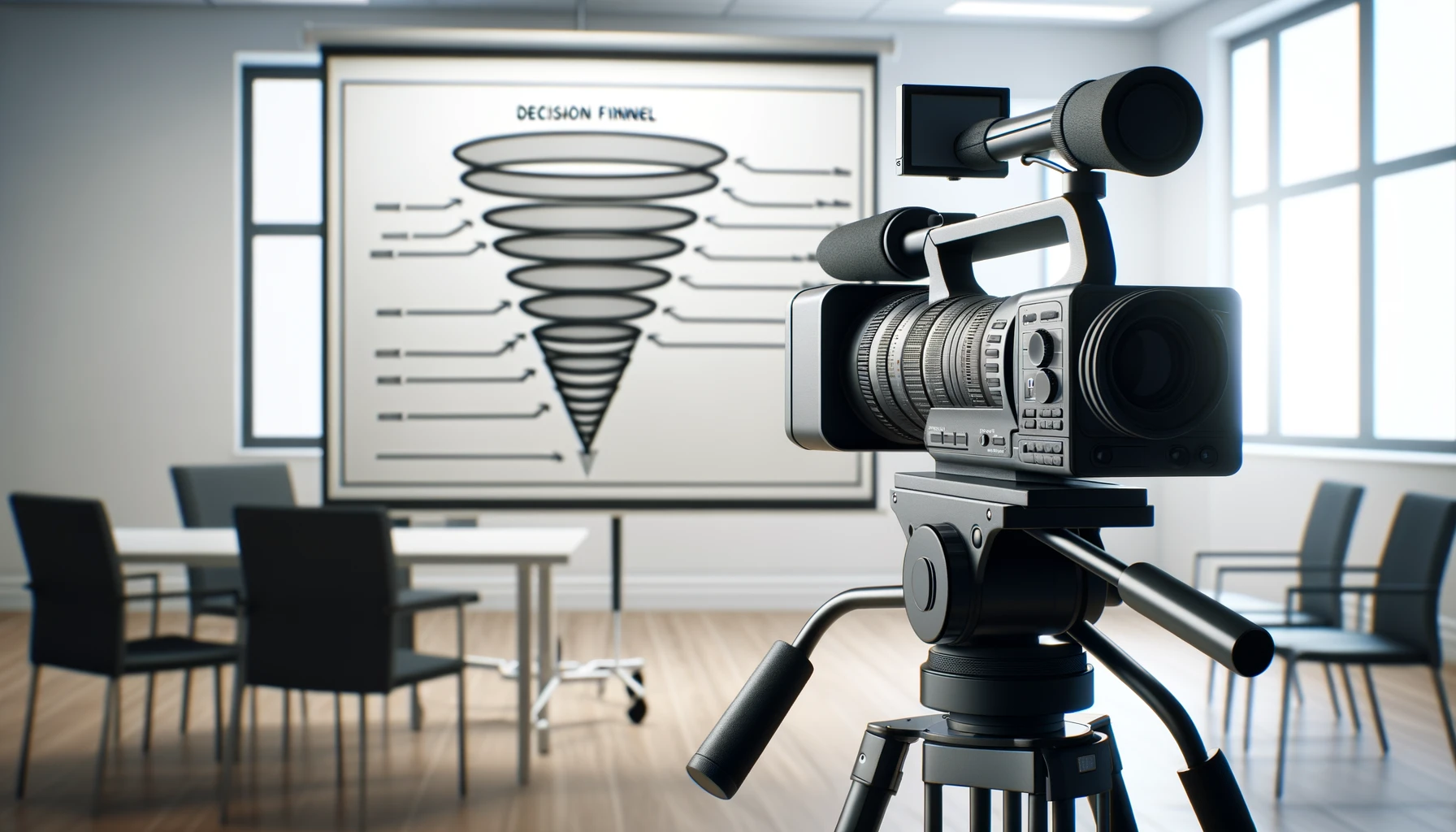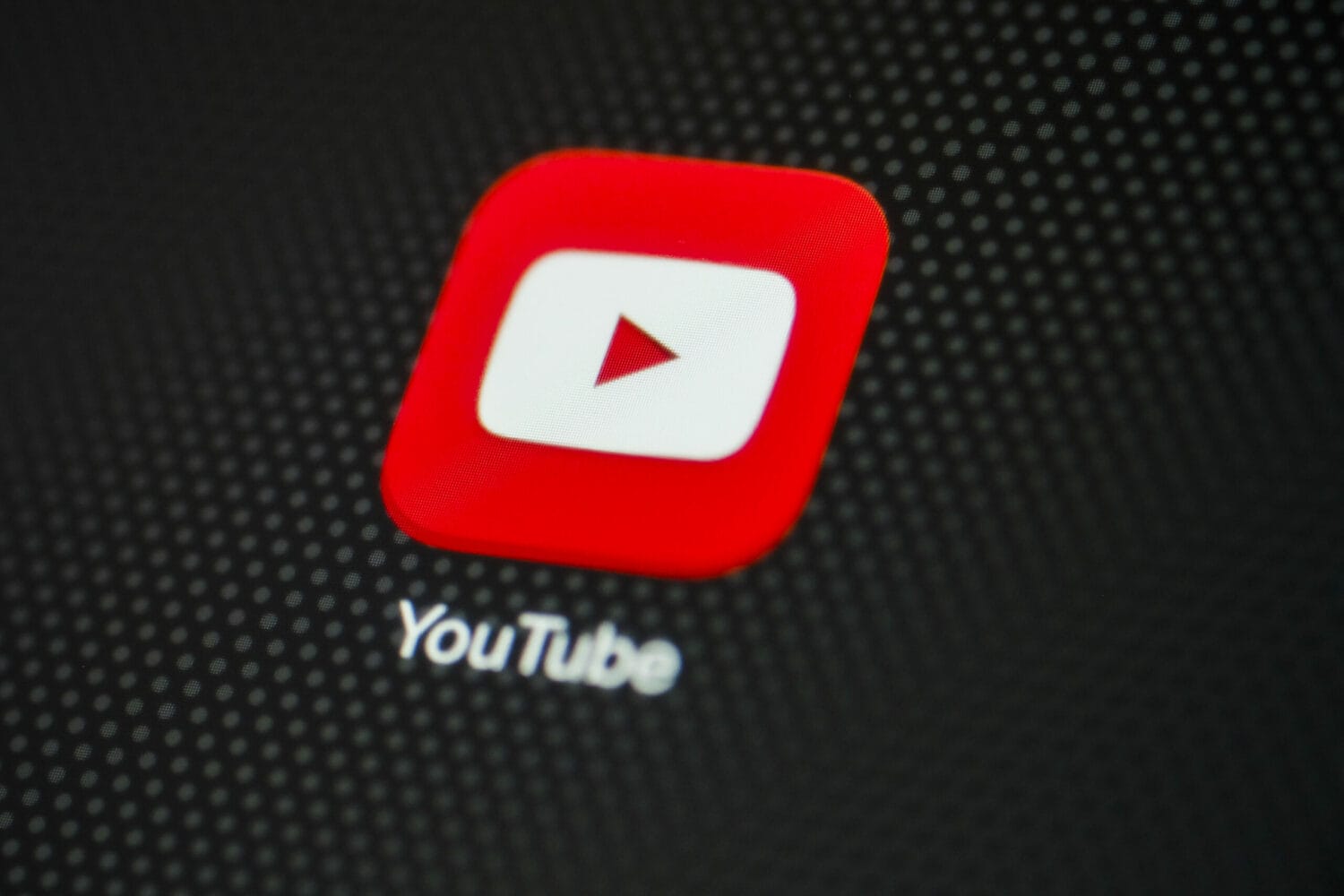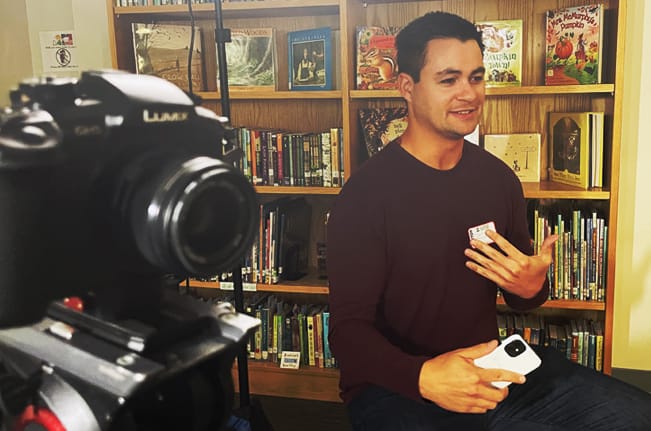Whether you’re creating a video marketing campaign that needs to communicate complex concepts, or you want to highlight key statistics and points about a topic, motion graphics videos help your target audience understand and connect with your message. The process behind creating a motion graphics video, however, can be trickier than planning for other videos because it requires planning for the motion graphic elements.
Let’s discuss how to produce a professional and effective motion graphics video.
When and How to Use Motion Graphics
Using motion graphics for the sake of motion graphics is not the best approach. Many times, interviews and b-roll can keep audience engagement high. If you choose to use motion graphics in any capacity, you’ll need a professional animator who can plan out and create each element according to the strategy and message.
Motion graphics can stand alone or can be added to a video that also includes images, voiceovers, b-roll, interviews, and text. Done right, motion graphic videos can enhance your brand, impress your audience, and more effectively communicate your key ideas. Done wrong, amateur motion graphics can harm your brand and repel prospects.
Planning the Message
Using motion graphics for your video begins at the start of your video planning process. Each motion graphic element should exist for a specific purpose, so you should list key facts, ideas, and concepts that would be better shown visually than only spoken. Utilizing a motion graphics video gives you a lot of opportunities to visualize abstract ideas or emphasize key concepts for your audience, so keep this in mind as you consider your end goal.
Ask yourself: What is the purpose of your video, where will it appear in the funnel, and what are your overall goals and ideal call-to-action?
Creating Structure With a Script
Once you have those answers, think about the structure of the video. Are you going to use a combination of videos and pictures, or will you use colors, text, shapes, and design? Which sections of your video will need a motion graphic to communicate a message more clearly?
Begin scripting the video with these answers in mind. Most of the time, a motion graphics video will have a voiceover. Other times, a video that includes interviews will have motion graphics cut in at critical times to assist or grab attention. The best way to create the script for a motion graphics video is to use an AV format, which outlines the audio and visual elements separately. In this way, you can review your ideas and consider whether they’ll work in execution.
Write the Storyboard
The last phase of planning is to create a storyboard. The planner will create the motion graphics in still formats to get a sense of the visuals and the flow of the video before animating. Done this way, you’ll be able to pinpoint weak spots in the video, try different motion graphics ideas if the ones originally planned won’t work, and make changes before your tweaks are much harder to accomplish.
Once the video is planned and produced, you’ll have to add finishing touches like voiceovers and music. When it all comes together, you should have a video that speaks to your audience, highlights key points, and communicates complex topics in easy-to-digest visuals. Ultimately, viewers should feel energized to follow through on the call-to-action phrase you’ve provided.
Make sure you partner with a company that has experience with motion graphics and can show off your brand in the way you intend. If you have any further questions about producing a motion graphics video, contact Monzo Media Productions.





